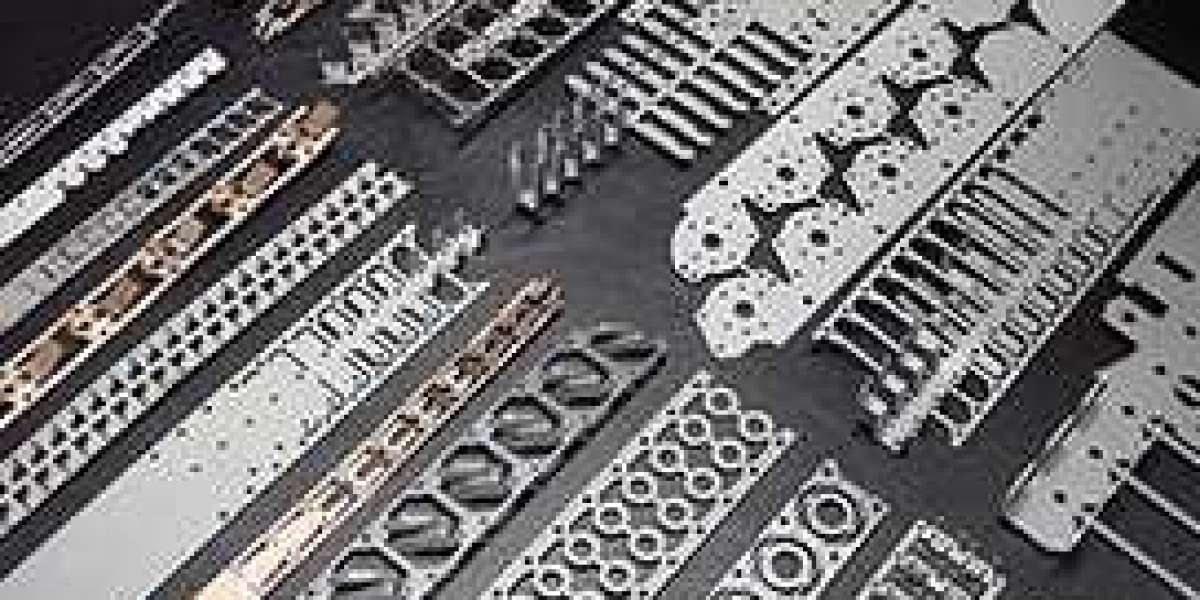Do you know the differences between chemical oxidation and anodizing?
- Do you require external power?
Anodizing needs to be carried out under the condition of electricity.
Electricity is not required for chemical oxidation.
- The idea behind how oxide films are created
Aluminum or an aluminum alloy is typically used as the anode and a lead plate as the cathode in anodizing. For electrolysis, combine them in an aqueous solution with sulfuric acid, oxalic acid, chromic acid, etc. such that an oxide coating forms on the aluminum plate and the lead plate's surface.
Aluminum products are subjected to chemical oxidation in an acidic solution, where a chemical reaction results in the formation of an oxide coating.
- The oxidation time difference
Anodizing often takes tens of minutes to complete.
Chemical oxidation only requires a few seconds to complete.
- The variation in oxide films
The anodic oxidation process produces an oxide film with a thickness of several microns to tens of microns, which is hard and wear-resistant. The chemical oxidation process produces a film with a thickness of only 0.01-0.15 microns, which has a poor level of wear resistance but can conduct electricity and withstand atmospheric corrosion.
JTR offers a range of surface treatment services for parts, including anodizing and electroplating, in addition to services like CNC machining and metal stamping.



